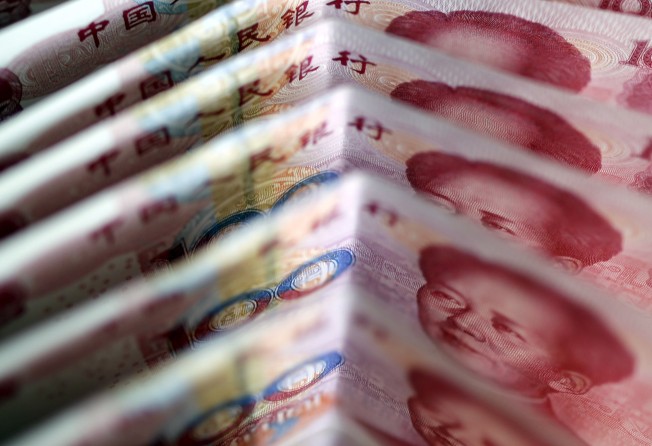Yuan has biggest weekly gain since 2005, 2 years after devalution
Sentiment of a stabilising yuan emerged this year, thanks to a weak dollar on uncertainty in Trump’s administration and China’s strong quarterly growths

The yuan has the biggest weekly gain in 12 years as sentiment appears to have recovered two years since the central bank’s surprise devaluation in the currency. But market players remain cautious because of continued capital outflows, despite measures taken against capital flight remaining in place.
The yuan this week broke the key 6.70 handle suggesting a reversal into bullish sentiment. It rose 0.95 per cent this week, the biggest gain since July 2005.
“Improving sentiment towards the Chinese economy may install yuan bulls with enough inspiration to send the yuan towards 6.6200”, said Lukman Otunuga, research analyst at FXTM. “Emerging market currencies and most regional stocks are likely to remain supported moving forward.”
In 2015, China surprised the world when it devalued the yuan, lowering its daily mid-point fixing by 4.7 per cent in three days from August 11, with the People’s Bank of China pledging to improve the yuan mid-point fixing mechanism against the dollar.
The move led to global stocks, currencies and commodities tumbling on fears that a slowdown in China was worse than expected, with a potential hard landing that could destabilise the world economy.
Since then, the yuan has seen greater volatility and reduced its overvaluation against a basket of currencies, and may even appear to be more market-driven some may argue.
But the price for the move was the need for the government to take measures such as the implementation of draconian capital controls and the burning of foreign exchange reserves for currency intervention.
The move marked the end to sustained appreciation expectations of the yuan against the US dollar that had lasted in the previous 10 years, reversing into strong depreciation fears in 2016.
In 2016, the trade-weighted CFETS RMB index fell 6 per cent, helping reduce the yuan’s overvaluation against a basket of currencies. The yuan fell 8.8 per cent against the dollar, while foreign exchange fell about US$450 billion as funds were used to support the currency.
Sentiment in the yuan finally entered into stabilisation this year, thanks to a weak dollar on uncertainty in the Trump’s administration and given that China’s economy realised strong first- and second-quarter growth.
Meanwhile, the PBOC’s decision to tweak its formula for calculating the daily mid-point by introducing a new “counter cyclical adjustment factor” in May and engineering a spike in the yuan to quash bearish yuan expectations, which also helped the spot yuan to trade closely to the mid-point fixing.
And foreign exchange reserves rose back a nine-month high of US$3.08 trillion in July, up for a sixth consecutive month.